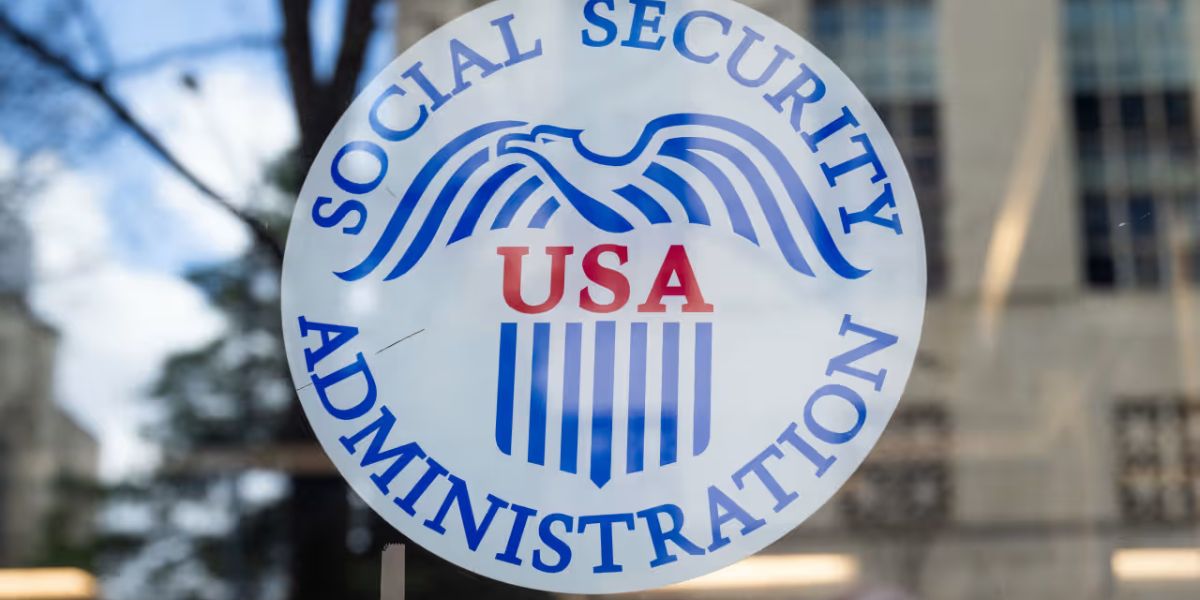President Donald Trump’s “Big Beautiful Bill” faces a challenging future in the nation’s capital.
Speaker Mike Johnson pledged to have the entire package on President Trump’s desk by July 4 after the bill passed the House last week.
It is anticipated to undergo substantial modifications in the Senate, though, and one of the plan’s most contentious elements is already drawing criticism.
Millions of Americans’ food assistance would be cut as a result of the proposal.
More than 40 million people receive assistance in feeding their families through the Supplemental Nutrition Assistance Program (SNAP), formerly known as food stamps. These benefits could be reduced by about a third under this idea.
“Probably many people will fall through the cracks,” Elaine Waxman, a senior fellow in the Tax and Income Supports Division at the Urban Institute stated. “It becomes a matter of narrowing eligibility, taking away options that were previously expanding SNAP and or possibly reducing the amount of benefits.”
According to Waxman, the federal plan to reduce SNAP by $300 billion by 2036 may deprive millions of people, including 1.2 million veterans, of food assistance.
That will impact 1,000 veterans and about 20,000 children in Martin, St. Lucie, and Indian River counties, according to the Treasure Coast Food Bank.
“We are facing significant challenges at Treasure Coast Food Bank due to recent federal budget cuts, resulting in a reduced budget and fewer resources to nourish our community,” Judith Cruz, president and CEO of Treasure Coast Food Bank stated.
Waxman added that by increasing the work requirements, the measure would also make it more difficult for millions of families to be eligible for SNAP benefits.
Currently, unless they have small children, persons between the ages of 18 and 54 must work at least 80 hours per month in order to be eligible for benefits. Under the proposed plan, older persons up to age 64 and parents with children older than seven would also be subject to those job requirements.
“It’s going to have a huge impact,” stated Mike Readling, executive director of Habitat for Humanity in Martin County.
According to Readling, families with children and the elderly are suffering the hardest, and the need on the Treasure Coast is already greater than the resources available.
“We’re in a climate now that affects everybody. I have employees that work for me that are food insecure,” Readling remarked.
Related Story: What the ‘Big, Beautiful Bill’ Means for Your Social Security Taxes
According to Jamie Kendall, CEO of the Palm Beach County Food Bank, at least 400 families depend on SNAP benefits each month through their agency, demonstrating that the need extends south as well.
“It would be catastrophic for many of our families,” Kendall stated. “The senior population is really hurting. The inflationary issues are hurting everybody. The trickle-down effect is going to be massive.”
Destiney Johnson and Nika Roberts are two individuals affected. As they work to rebuild their lives, they are temporarily lodging at a motel near Riviera Beach. Their only source of income for feeding their young children has been SNAP handouts.
“I only had $23 in food stamps and I had to make that stretch. It wasn’t enough whatsoever,” Roberts stated.
“Everybody’s got the same story,” Johnson stated. “There’s no help.”
They cannot afford to lose this assistance. Help that is difficult to locate.
“I’ve waited, I’ve gone everywhere to ask for help,” Johnson continued, her eyes welling with sorrow. “It’s very hard to figure out how I’m going to feed my son and my daughter every night.”
“You just… you hope that somebody somewhere in a position of power will understand what happens and take that into consideration,” Readling continued.
The drain on state funding is another significant effect of cutting federal spending.
Related Story: Trump Endorses GOP Rep Who Missed Vote on ‘One Big Beautiful Bill’
Waxman stated that states like Florida would have to contribute to the deficit left by the federal funding reduction, in addition to the proposal’s goal of making states pay a greater share of the program’s administrative expenses.
“And that’s not something that’s normally accounted for in state budgets. And depending on the state, it’s going to be anywhere between five and 25% of the benefit costs, which could be really huge. States can’t deficit spend the way the federal government does,” Waxman stated.



